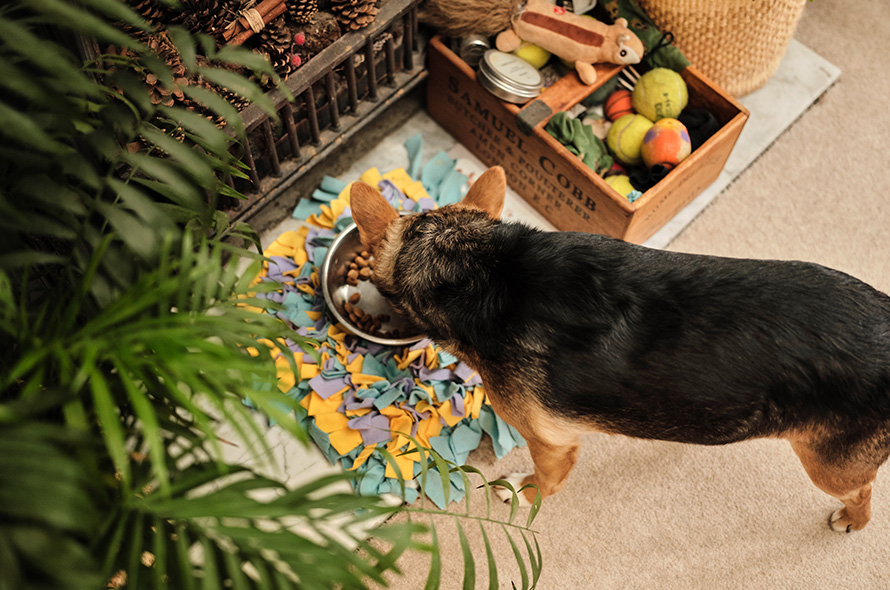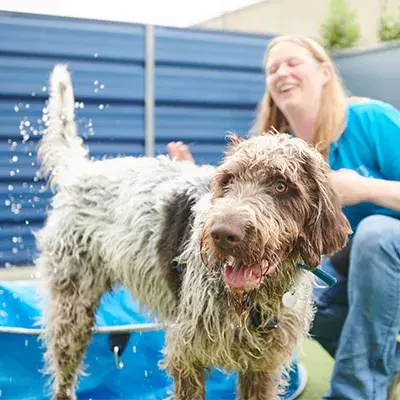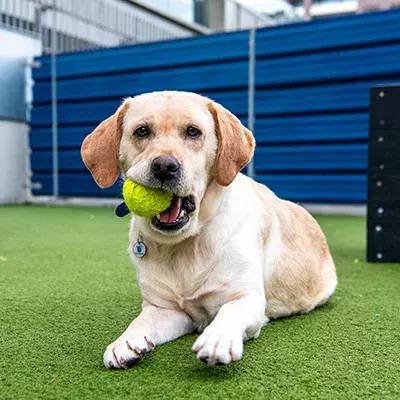Before starting any new training or behaviour work with your dog, it’s really important that you first understand your dog’s training motivations. There are four main types of motivation, which will range in effectiveness for each individual dog based on their preferences and personality. Follow our advice on how to understand your dog's motivations, and how to use them in training.
Types of motivation
There are 4 types of motivations that you can use when training your dog: food, toys, verbal, and physical praise.
Your dog’s breed traits may affect what they are motivated by. For example, dogs originally bred to chase or pick things up, such as retrievers, spaniels, or collies, generally have a high motivation for toys where they can exhibit chase and retrieve behaviours.
Scent hounds, on the other hand, such as beagles and basset hounds, enjoy using their nose and are more likely to be motivated by sniffing out treats.
Hierarchy of motivations
Dogs will value motivations differently and can have more than one motivation, but there will always be one that ranks higher than the others. You should be able to identify which ranks highest for your dog as you start training with them.

Food rewards have different value, and this can affect a dog’s motivation. ‘Low value’ rewards may be something like your dog’s kibble, whereas ‘high value’ rewards often have a stronger scent, and are often tastier, like chicken, cheese, or other meat-based treats.
Dogs’ motivation for toys can vary, depending on the type of toy. Some may value rope toys more than tennis balls, while others may be most interested in toys that squeak.
If your dog is less motivated by toys and food, verbal and physical praise may be what motivates them. Verbal praise such as “good job!’’ and physical praise like gentle strokes can be used to reward them during training.
How to use your dog's motivations
Your dog’s ‘high value’ reward will come in handy when teaching them new or more complicated behaviours. They’re also useful for when you begin to practice your training in higher distraction environments.
It’s also important to keep in mind what you are trying to teach your dog, and what motivation will suit the desired behaviour best.
Toys are great for training high arousal behaviours where your dog is excited such as a recall. However, we’d recommend using food as a motivation when you are training calm behaviours such as a ‘’settle’’.

